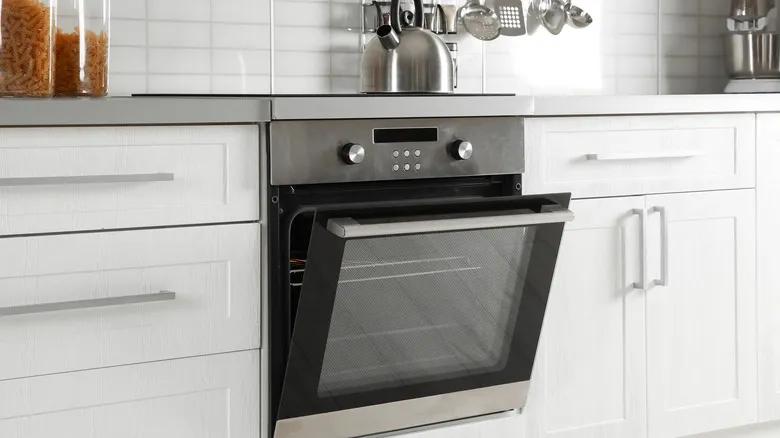Convection ovens make roasted dishes with a crispy finish
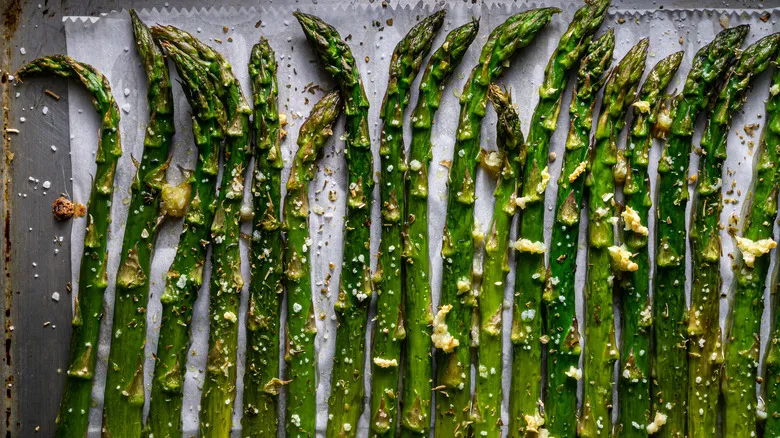
Convection ovens are equipped with fan-exhaust systems alongside the heating elements found in traditional ovens, allowing them to circulate hot air effectively. This results in even cooking and enhances the surface heat of the food, leading to a delightfully crispy texture. For instance, you can achieve potato wedges with a crunchy exterior and roasted broccoli that is perfectly browned on top.
Since convection is an adjustable oven setting, it's crucial to know which foods benefit from this cooking method, as it may require changes in cooking time or temperature. Convection is particularly advantageous for roasting vegetables or thick cuts of meat, such as lamb or poultry. However, be aware that the exterior of the meat may crisp up before the interior is fully cooked, so it's advisable to reduce the cooking time or temperature when using convection and to monitor internal temperatures with a meat thermometer.
In baking, convection settings can be beneficial for creating bread, including crusty sourdough loaves. Many bakers appreciate convection for producing evenly golden-brown batches of cookies due to the effective heat circulation. However, a notable exception to using convection is with batter-based baked goods like cakes and muffins, or those with a creamy filling, such as custard tarts. The browning and rapid cooking characteristics of convection can lead to an undesirable crust on cakes or custards and may hinder the rise of a cake.
Check your oven's manual before dialing down the heat
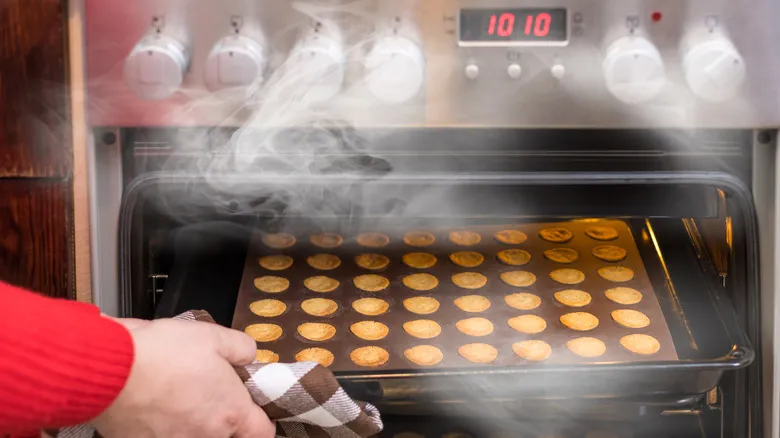
A word of advice when deciding to reduce the time or temperature on your convection oven setting: Keep in mind that convection ovens sometimes adjust the temperature automatically (which means the actual temperature could be 25 to 50 degrees Fahrenheit lower than what you set). While this might seem sneaky, it’s designed to assist you, especially if you’re unfamiliar with this oven setting. Be sure to consult your oven’s manual to determine if it operates this way. If there’s no mention of automatic adjustments, you can safely lower the temperature or check your roasted vegetables for doneness a bit earlier than the recipe suggests.
As with any new cooking technique, it’s essential to maintain an open mind and be willing to experiment. For example, when using convection, you’ll discover that giving your vegetables enough space (i.e., not overcrowding the pan) is even more crucial than with conventional settings. Reducing the temperature and ensuring there’s space between pieces of butternut squash will allow the circulating heat to effectively cook the surface of the vegetables while ensuring they are evenly cooked throughout.
Recommended

Homeroom's Ultimate Macaroni And Cheese Recipe
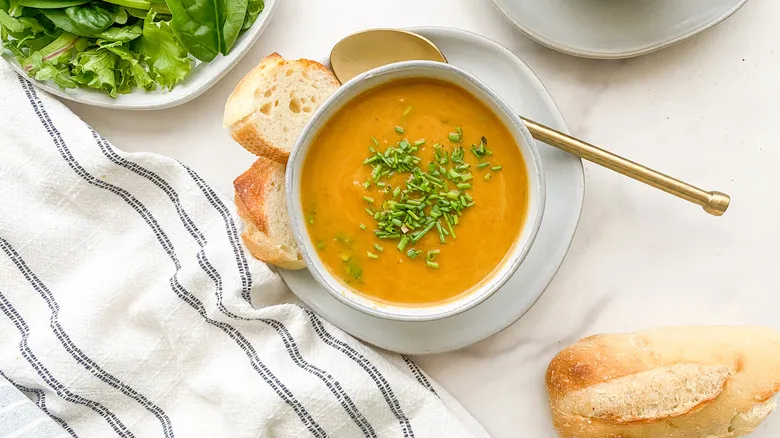
Simple Roasted Butternut Squash Soup Recipe
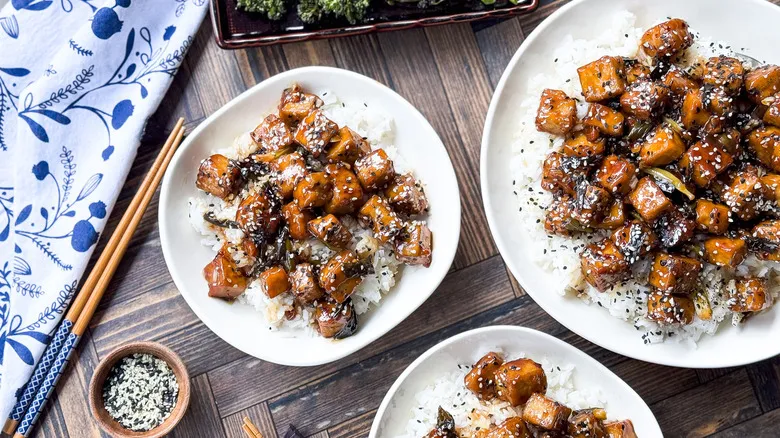
Crispy And Sticky Baked Sesame Tofu Recipe

Chunky Slow Cooker Split Pea Soup Recipe
Next up

